After peaking at 2,450 USD/ounce on May 20, the spot gold price on the world market has plummeted. Along with the US Federal Reserve (Fed) delaying interest rate cuts due to caution against inflation, the gold price has returned to the threshold of 2,310-2,330 USD/ounce in recent days.
In fact, the shock of the People's Bank of China (PBOC) stopping gold purchases in May after 18 consecutive months of net purchases had a strong impact on the psychology of gold investors in the international market.
However, demand for precious metals is forecast to remain high and tend to increase in the coming time, coming from the "sharks" which are central banks of various countries.
In a report recently released by the World Gold Council (WGC), many central banks are planning to add gold to their foreign exchange reserves in the next 12 months, due to ongoing political and macroeconomic instability. Countries will continue to buy gold even if the price of gold increases.
According to a WGC survey, 29% of 70 central banks expect to increase gold reserves in the next 12 months, higher than the 24% expected in 2023.
29% is also the highest level since the WGC began the survey in 2018.
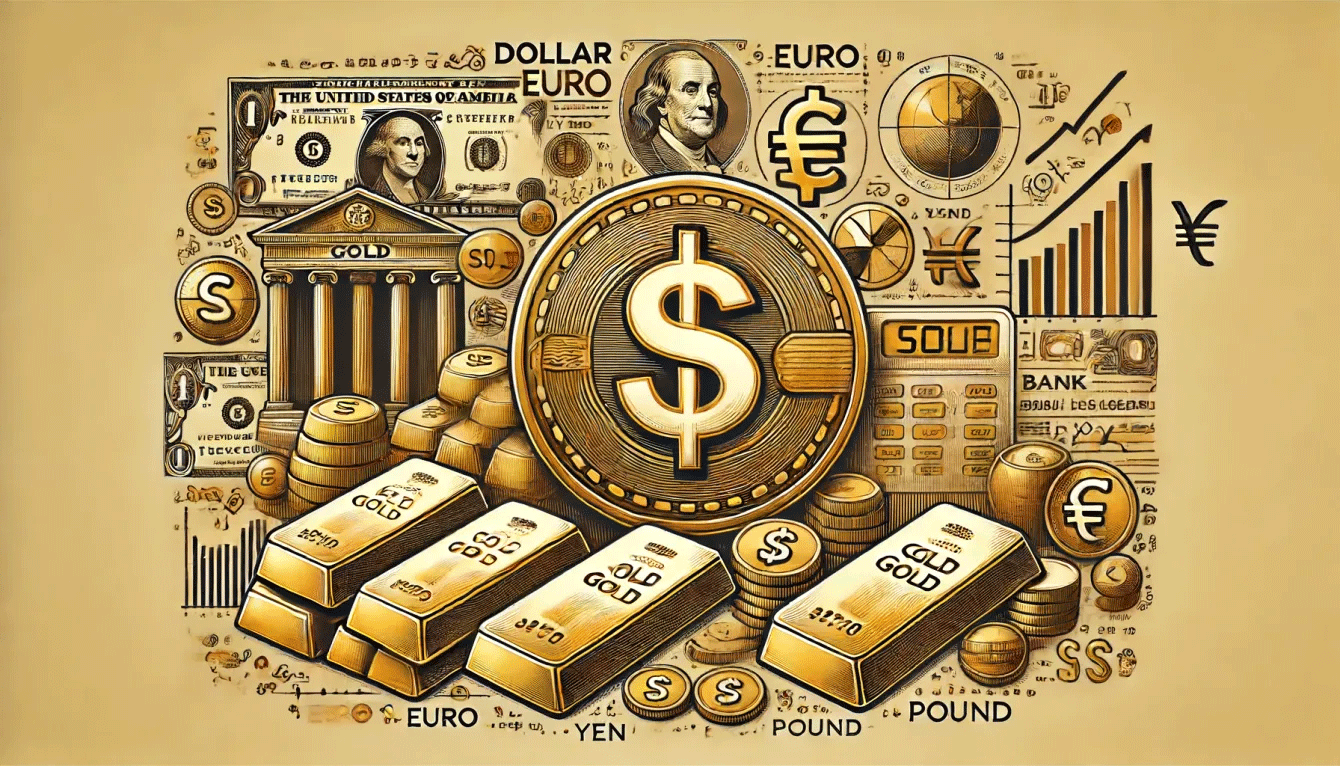
According to WGC, the reason countries are increasing their gold purchases is because of concerns about crisis risks and rising inflation.
According to the survey results, up to 81% of central banks participating in the survey said that they expected global central bank gold reserves to increase in the next 12 months. This figure is higher than the 71% done a year ago.
The WGC survey was conducted two weeks after the PBOC announced that China's central bank did not add to its gold reserves in May. The PBOC had previously recorded 18 consecutive months of net gold purchases.
The news that China stopped buying gold in May caused strong fluctuations in the international gold market. Gold prices fell sharply.
However, according to WGC, analysts said that even if China reduces its gold purchases, interest in the precious metal remains strong, as countries push to diversify their foreign exchange reserves amid rising geopolitical tensions around the world.
Countries are also diversifying their foreign exchange reserves as the US dollar’s role as a global reserve currency declines. The WGC said that 62% of central banks believe the US dollar’s role will gradually decline over the next five years. In 2023, 55% of central banks believe so, and in 2022, the figure is 42%.
Besides China's halt in buying, gold is also under pressure from a high-hanging US dollar as the Fed delays cutting interest rates due to concerns about rising inflation again.
In the short term, gold is expected to perform negatively following the US’s tough anti-inflationary decisions. However, the Fed is still expected to cut interest rates once this year, and four times in 2025. At that time, the USD is expected to fall rapidly and gold may climb.
Gold price movements will also depend heavily on the outcome of the US election in November. The White House boss’s stance will largely determine international issues.
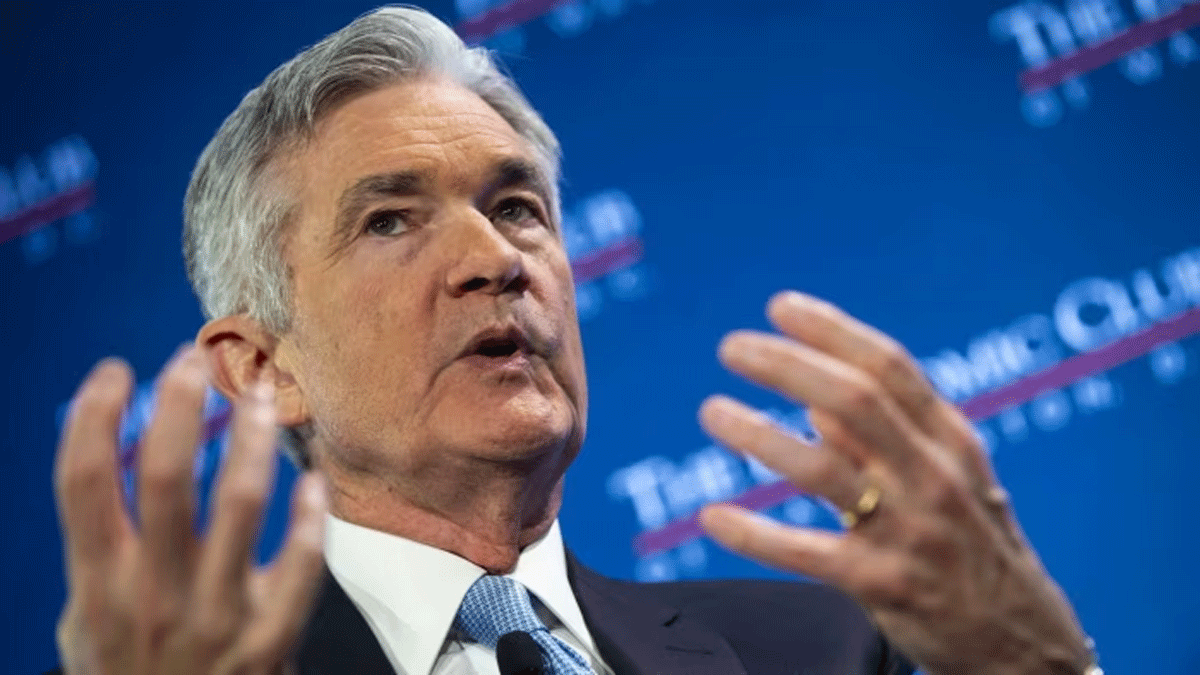
Source: https://vietnamnet.vn/vang-lao-doc-sau-cu-soc-trung-quoc-va-my-cung-ran-ca-map-se-mua-ban-ra-sao-2292911.html



![[Photo] Binh Trieu 1 Bridge has been completed, raised by 1.1m, and will open to traffic at the end of November.](https://vphoto.vietnam.vn/thumb/1200x675/vietnam/resource/IMAGE/2025/10/2/a6549e2a3b5848a1ba76a1ded6141fae)




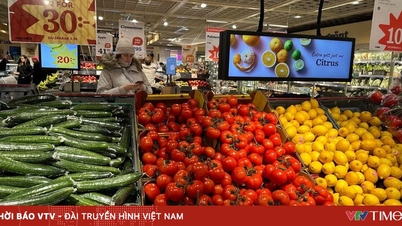

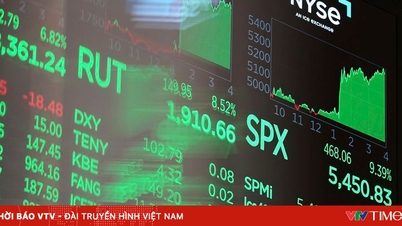








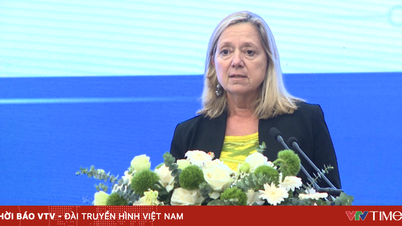




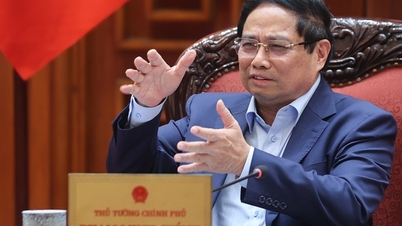













































































Comment (0)